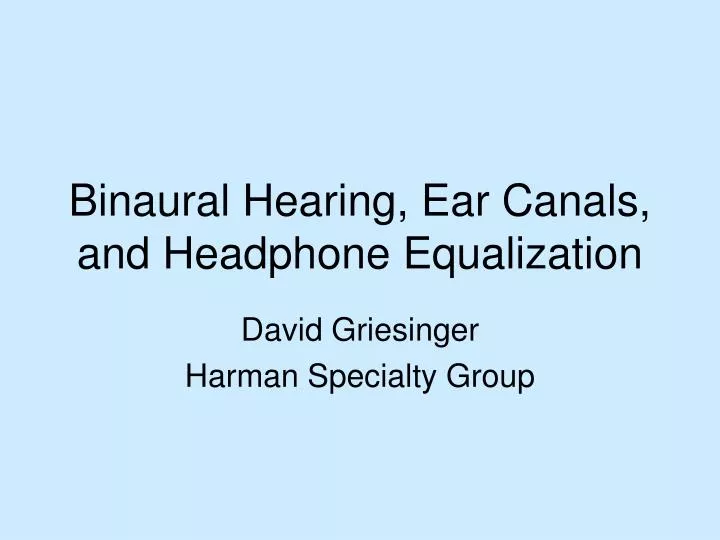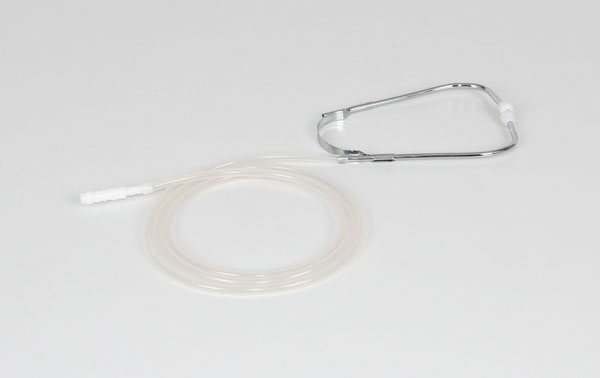
In less common cases in which there is a total hearing loss in one ear (also known as profound unilateral hearing loss or single-sided deafness), there are medical therapies that may help to re-create some of the effects of binaural hearing. Lower volume means less potential for sound distortion and feedback, which leads to higher-quality reproduction of sound. Also, a person wearing two hearing aids generally needs less amplification than someone wearing only one. Similarly, using more of your brain to focus on the sound you want to hear is tremendously important in overcoming one of the primary complaints of individuals with hearing loss: hearing among background noise. Hearing well with both ears not only takes advantage of our ears’ critical ability to identify the location of sound (a surprisingly important component of our ability to listen and to focus on sound effectively), it also helps make speech easier to understand in the presence of noise and helps reduce the fatigue and confusion brought on by difficult listening environments.

In this relatively common situation, we find that fitting just one hearing aid usually fails to provide a satisfying sound experience for the wearer.

While we at Hearing Solutions at ENT Associates of Central PA sometimes see patients with hearing loss in only one ear (also known as unilateral hearing loss), typically the factors that led to the impairment have affected both ears - just to a different degree. Also, CROS (contralateral routing of sound) hearing aids are available that use a microphone in the nonhearing ear to transmit the sound to the hearing hear.Ĭontact our hearing care professionals in Toronto to discuss your hearing situation and what kind of hearing care solution is right for you.Individuals often experience different levels of hearing loss in each ear.Īnd patients in this situation frequently ask us, “Can’t I just treat my really bad ear for hearing loss? Won’t that be improvement enough?” These include bone-conduction systems (also known as bone-anchored hearing aids, or BAHA devices) that can help transmit vibrations from the nonhearing ear to the functioning ear. Using both sides of the brain significantly improves the ability to decipher speech and what’s known as “selective listening” ability - the ability to pay attention to the sound or voice you really want to hear. After they are received, the two halves of your brain work together to organize the signals into recognizable words and sounds. Sounds collected by your left ear are initially processed by the right side of the brain, while sounds collected by your right ear are initially processed by the left side of the brain.


While we at Global Hearing Aid Clinic sometimes see patients with hearing loss in only one ear (also known as unilateral hearing loss), typically the factors that led to the impairment have affected both ears - just to a different degree. Individuals often experience different levels of hearing loss in each ear.Īnd patients in this situation frequently ask us, “Can’t I just treat my really bad ear for hearing loss? Won’t that be improvement enough?”


 0 kommentar(er)
0 kommentar(er)
